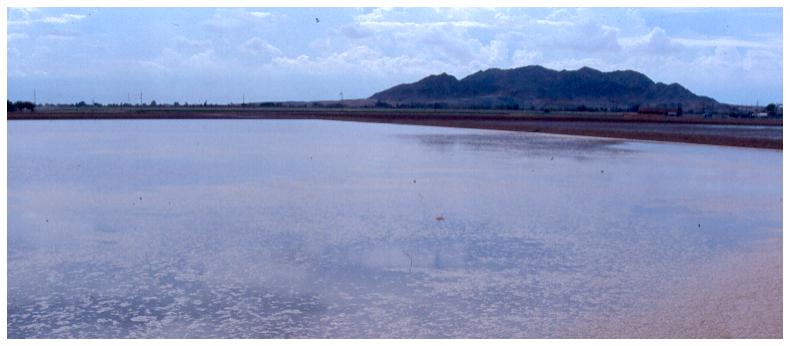 |
|
|
|

|
|||
| |
|||
The two fungi that cause lettuce drop, Sclerotinia minor and Sclerotinia sclerotiorum, carry
over in fields between lettuce crops as structures called sclerotia. These Summer Preplant Soil Flooding To contact Mike Matheron go to: matheron@ag.arizona.edu.
|
|||
| Back | |||
For questions or comments on any of the topics please contact Marco Pena at the Yuma Agricultural Center. |
|||
| Home | Cotton
| Veggies | Forages
| Grains | Citrus
| Crop x Crop Insects | Diseases| Weeds | Pesticides | Economics | News | Weather | Research | Photos | Contacts | General Info. Copyright © 2001 University of Arizona, College of Agriculture and Life Sciences Webmaster: Al Fournier (acis@ag.arizona.edu) |
|||
